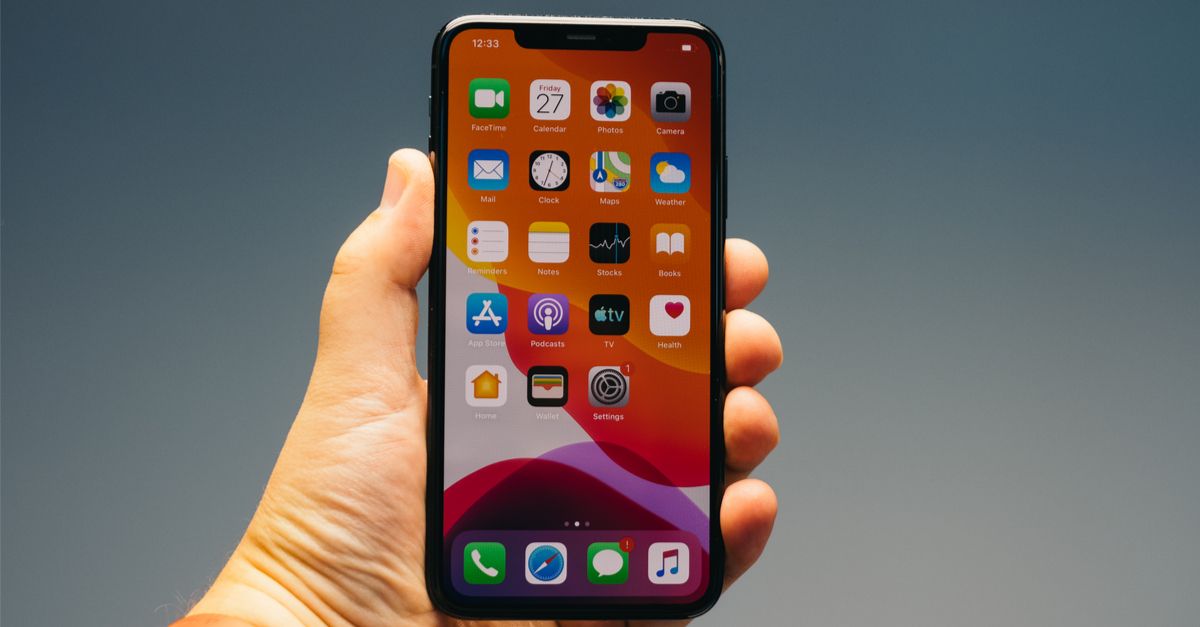Security News

The hacking team behind the "Unc0ver" jailbreaking tool has released a new version of the software that can unlock every single iPhone, including those running the latest iOS 13.5 version. The unc0ver website also highlighted the extensive testing that went behind the scenes to ensure compatibility across a broad range of devices, from iPhone 6S to the new iPhone 11 Pro Max models, spanning versions iOS 11.0 through iOS 13.5, but excluding versions 12.3 to 12.3.2 and 12.4.2 to 12.4.5.

The FBI said on Monday that it figured out how to unlock the iPhones of the shooter who killed three young US Navy students and injured eight at a Pensacola, Florida naval base in December 2019. Thanks to the great work of the FBI - and no thanks to Apple - we were able to unlock Alshamrani's phones.

The U.S. Department of Justice announced on Monday that the FBI managed to gain access to the data stored on two iPhones belonging to an individual who last year killed and wounded several people at a United States naval base. U.S. Attorney General William Barr and FBI Director Christopher Wray announced on Monday that the FBI managed to access the data stored on the two locked iPhones.

The US Department of Justice is once again taking Apple to task for not cooperating with device decryption requests, even after it announced that it had retrieved information from a pair of iPhones without Cupertino's help. "Thanks to the great work of the FBI - and no thanks to Apple - we were able to unlock Alshamrani's phones," said Attorney General Barr.

The US Department of Justice is once again taking Apple to task for not cooperating with device decryption requests, even after it announced that it had retrieved information from a pair of iPhones without Cupertino's help. "Thanks to the great work of the FBI - and no thanks to Apple - we were able to unlock Alshamrani's phones," said Attorney General Barr.

In this episode, Duck discusses the iPhone "Word of death", Peter shares a shocking ransomware story and I talk about a chatbot that shows empathy. Host Anna Brading is joined by Naked Security regular Paul Ducklin, threat response expert Peter Mackenzie and me.

A weird combination of Unicode characters that make up a nonsense word can crash your iPhone, apparently by confusing the iOS operating system when it tries to figure out how to display the "Word". We don't know how to read Arabic writing, or indeed the text of any Semitic language, but we do know that the writing systems of these languages generally differ from most European languages.

Apple devices are vulnerable to a "Text bomb" attack where simply looking at messages or posts containing characters in the Sindhi language can crash devices. The problem occurs in a number of different scenarios, including if the character string shows up in a text message - in fact, just looking at a message notification containing a message preview will crash the system.

Attackers would need a secondary kernel-level vulnerability to get system-level control and thereby to escape from the strictures of the vulnerable app. Of course, email apps typically contain plenty of juicy data all of their own, so a double-vulnerability compromise of the email app alone is still a worthwhile result for any attacker.

A Chinese hacking group has been found leveraging a new exploit chain in iOS devices to install a spyware implant targeting the Uyghur Muslim minority in China's autonomous region of Xinjiang. Watering Holes Attacks Targeting Uyghur Websites The malware campaign previously exploited as many as 14 vulnerabilities spanning from iOS 10 all the way through iOS 12 over a period of at least two years via a small collection of malicious websites that were used as a watering hole to hack into the devices.